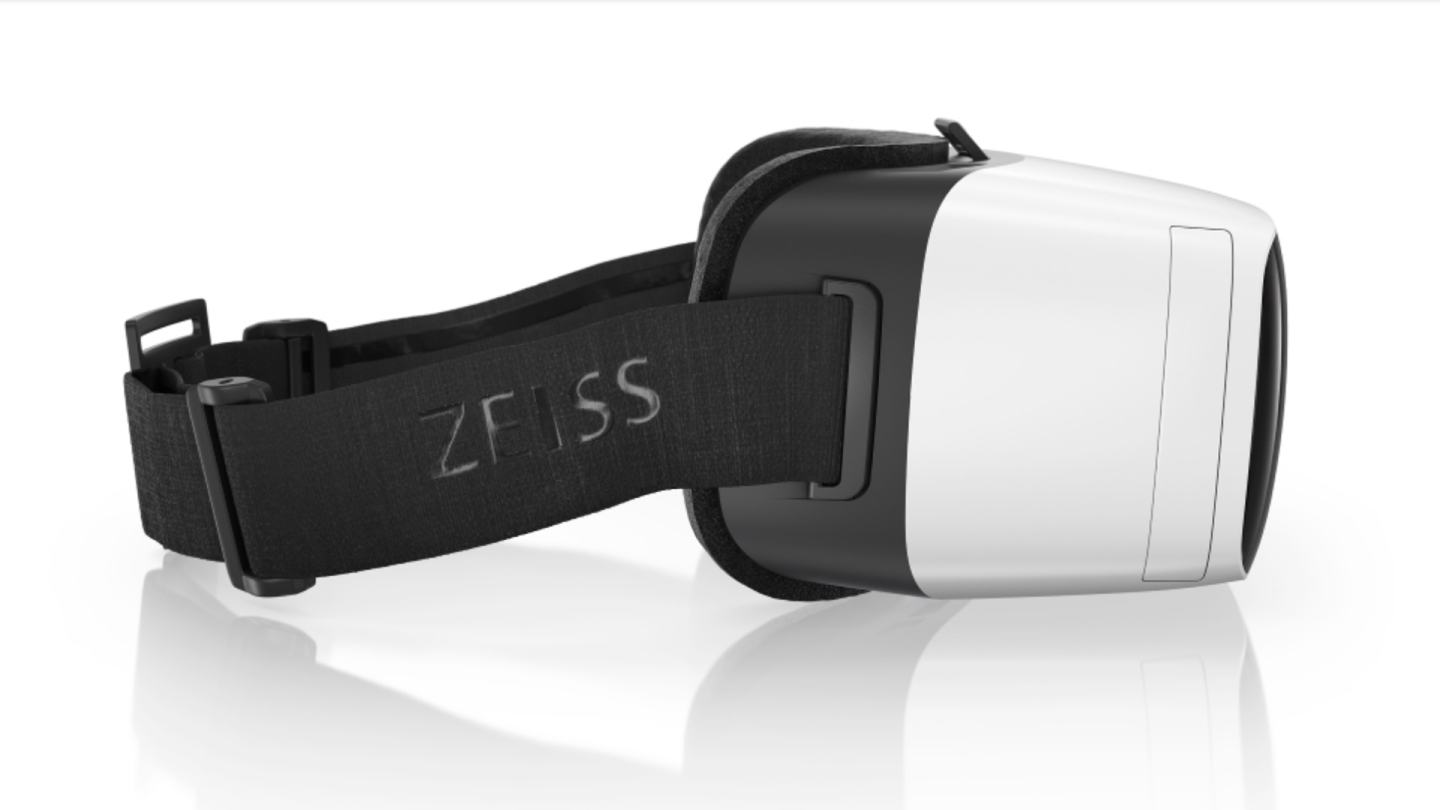Zeiss’ VR One is a Samsung Gear VR-like headset that takes advantage of your smartphone’s processing power and display to provide a wireless, self-contained virtual reality experience. Unlike Samsung’s product, the German company’s headset is set to be compatible with a number of smartphones, including the iPhone 6.
Though upcoming headsets like Sony’s Project Morpheus and Samsung’s Gear VR require specific hardware to function (namely the PlayStation 4 console and Galaxy Note 4 smartphone respectively), the VR One is designed to be compatible with smartphones of varying sizes, from 4.7 to 5.2 inches.
This doesn’t mean that you can slot just any old device into the headset, with the company instead producing different trays designed for certain models – something that it claims leads to better display positioning and the best possible image quality. At present, the VR One can be pre-ordered with a choice of iPhone 6 and Samsung Galaxy S5 trays. The company has promised to increase compatibility in the future, and is currently asking customers which devices they would most like to see supported.

The headset makes use of the open source Unity3D SDK which, like the headset itself, is compatible with both iOS and Android. Zeiss is actively encouraging developers to get on board with the hardware and create applications that work with its new headset.
As the connected smartphone provides the processing, audio, sensors and display for the headset, there’s not a huge amount to report when it comes to specs. The VR One packs a pair of Zeiss precision lenses, providing an approximate 100 degree field of view, and there’s a dark transparent shield designed to conceal the smartphone, cutting out light while still allowing the camera to function.

The company will release the VR One Media App alongside the headset, allowing users to view the images and videos saved on their smartphone, as well as both 2D and 3D YouTube clips. Users will be able to move back and forth through content by tapping the right and left sides of the headset. The software will also integrate with Google Maps Streetview, allowing users to look to view 360 degree panoramas and "walk forward" by tapping the front of the headset.
Though the VR One’s affordable and compatible nature makes it an appealing concept, we’ll have to wait and see if it receives enough substantial developer support to make it a big player in virtual reality tech, and how said developers cope with the task of catering for multiple smartphones.
Zeiss’ VR One is available for pre-order now for US$99, and is expected to start shipping by the end of the year.
Source: Zeiss








